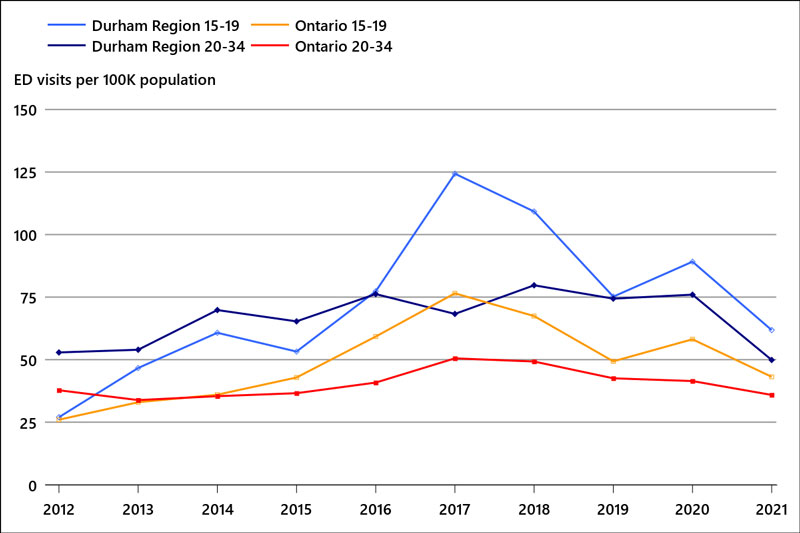


If there is no response the dose can be repeated after 10 minutes, but if that does not work then the diagnosis is probably wrong. Most patients respond within 5 minutes and are symptom-free by 15 minutes. Trunk muscles and less commonly limbs can be affectedĭystonia responds promptly to the anticholinergic benztropine 1-2 mg by slow intravenous injection. May be accompanied by trismus, risus sardonicus, dysarthria and grimacing The tongue does not swell, but it protrudes and feels swollen When severe the back is involved and the patient arches off the bed. Spasm of the extraorbital muscles, causing upwards and outwards deviation of the eyes Manifestations of acute dystonia Oculogyric crisis If there is any doubt, it is reasonable to treat as an acute dystonic reaction in the first instance, and investigate further if there is no response. primary neurological causes such as Wilson's disease.

hyperventilation (carpopedal spasm is usually more prominent than it is in acute dystonic reactions).Upper airway obstruction from pharyngeal muscle spasm or laryngospasm is a rare but potentially life-threatening complication. increasingly 'strange behaviour' caused by the overdose of trifluoperazine for which a young man had been admitted two days previously.a 'hyperventilation' who was exhibiting a classic oculogyric reaction.an 'allergy with swollen tongue' which was a dystonic reaction to metoclopramide.a 'dislocated jaw' from prochlorperazine given for labyrinthitis.The diagnosis is not always obvious, and in one particularly challenging fortnight last year I saw four patients who were initially misdiagnosed as: Patients and carers find these reactions alarming. The manifestations of acute dystonia can appear alone, or in any combination (Table 1). Younger men are at higher risk of acute extra pyramidal symptoms.Īlthough there are case reports of oculogyric crises from other classes of drugs, including H 2 antagonists, erythromycin and antihistamines, the majority of patients will have received an antiemetic or an antipsychotic drug. 1 Up to 33% of acutely psychotic patients will have some sort of drug-induced movement disorder within the first few days of treatment with a typical antipsychotic drug. They occur in 0.5% to 1% of patients given metoclopramide or prochlorperazine. Drug-induced acute dystonic reactions are a common presentation to the emergency department.


 0 kommentar(er)
0 kommentar(er)
